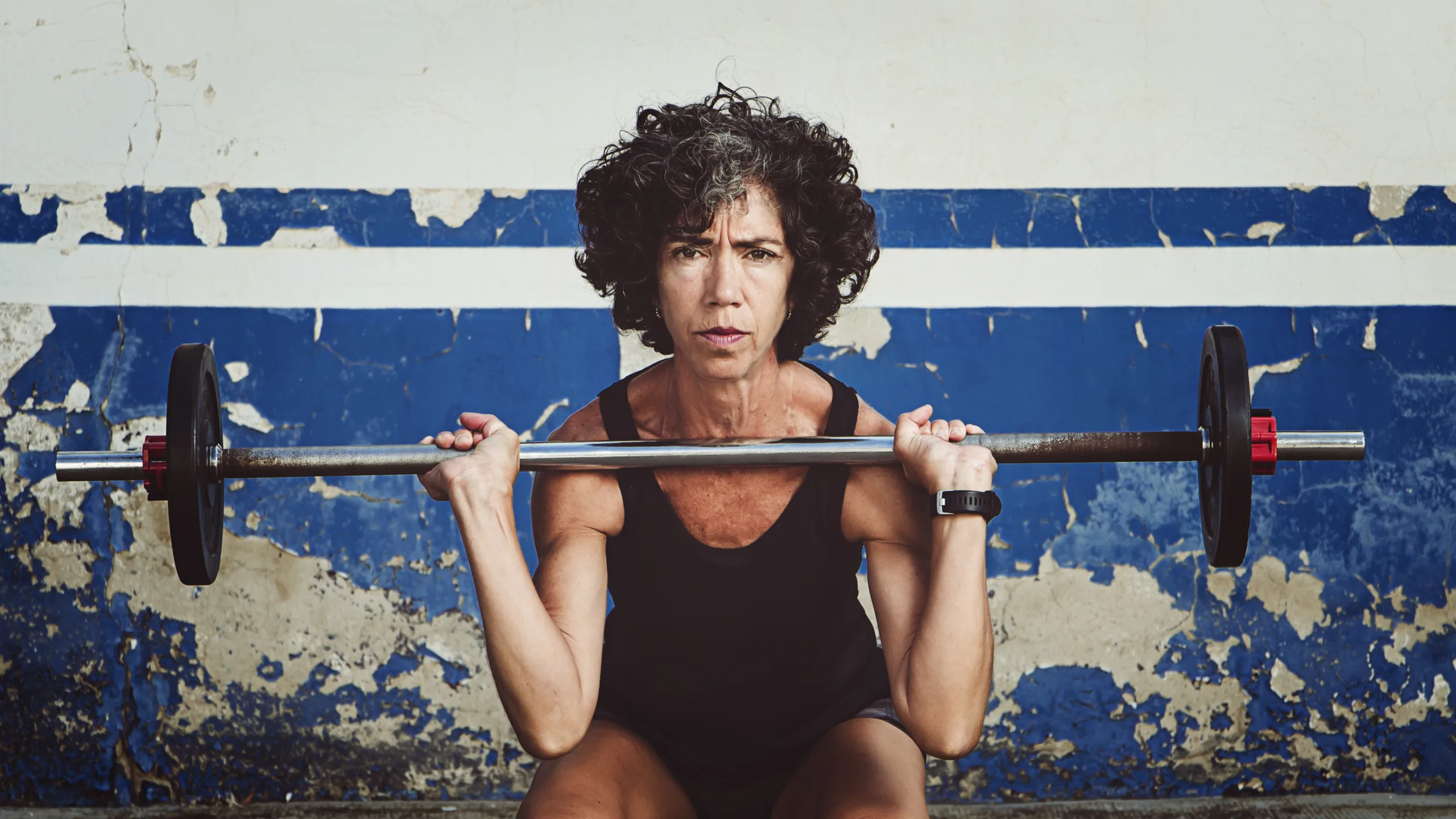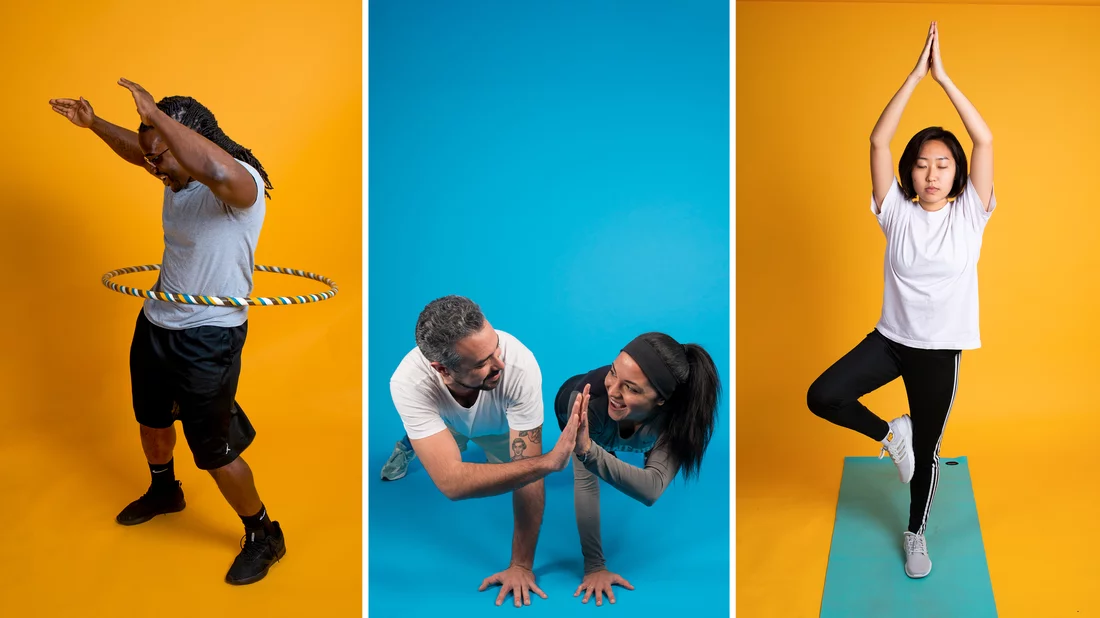At first glance, walking and hiking seem like two names for the same thing: putting one foot in front of the other. But while they may share a similar motion, the science shows they are surprisingly different. Research reveals that a walk in the park and a trek up a trail engage your body in distinct ways, offering a host of unique benefits for your muscles, heart, and even your brain.
So, what’s the big difference? It all comes down to the ground beneath your feet.
The Secret of Uneven Terrain
When you walk on a flat, even surface like a sidewalk or a treadmill, your body uses a kind of natural momentum. It’s like a pendulum swinging—once you get going, you need very little extra energy to keep moving. This makes walking on flat ground highly efficient, which is great for a casual stroll, but not so great for pushing your body to its full potential.
Hiking, on the other hand, throws that efficiency right out the window. Navigating uneven terrain—rocks, roots, and slopes—forces your body to constantly adapt. This means your heart rate and metabolism jump up, making you burn more calories without even trying. In fact, one study found that hiking on uneven ground increases the energy your body uses by a whopping 28% compared to walking on a flat surface. This constant adjustment also requires your muscles to lengthen and shorten in new ways, pushing your body harder and giving you a much more effective workout.
Beyond the Burn: Stronger Muscles and Better Balance
The benefits of hiking go far beyond just burning extra calories. The varied terrain recruits and strengthens muscles in your hips, knees, and ankles that often get neglected during flat-ground walking. Building up these oft-forgotten muscles can dramatically improve your balance and stability, which helps protect you from falls. It also helps prevent common overuse injuries, like knee or hip pain, that can result from the repetitive motion of walking on level ground.
Of course, this also means you need to be careful. If you’re new to hiking, don’t jump into a long, rocky trail right away. Just like any new workout, you need to give those smaller, underused muscles time to build up strength to avoid the risk of injury. Start with a shorter, less challenging trail and work your way up.
The Mindful Hike: A Reset for Your Brain
Hiking isn’t just a workout for your body; it’s a powerful tool for your mind, too. The sights, sounds, and smells of nature have a calming effect that a city sidewalk simply can’t replicate. A study from Stanford University found that spending time in natural environments calmed activity in the part of the brain linked to mental illness.
This connection to nature also helps reduce something psychologists call “rumination”—the tendency to get stuck in negative, self-focused thought patterns that are closely linked to anxiety and depression. While more research is still being done, the idea that a walk in the woods can improve your mental state is far from new. It’s an idea that has been around for centuries, and for good reason.
Ultimately, whether you’re looking to strengthen your body or clear your head, a walk in the woods may be the perfect way to get both done at the same time.
Source:











